图论(Graph Theory)
图论(Graph Theory)
一、介绍
图是用来对对象之间的成对关系建模的数学结构,由”节点”或”顶点”(Vertex)以及连接这些顶点的”边”(Edge)组成。
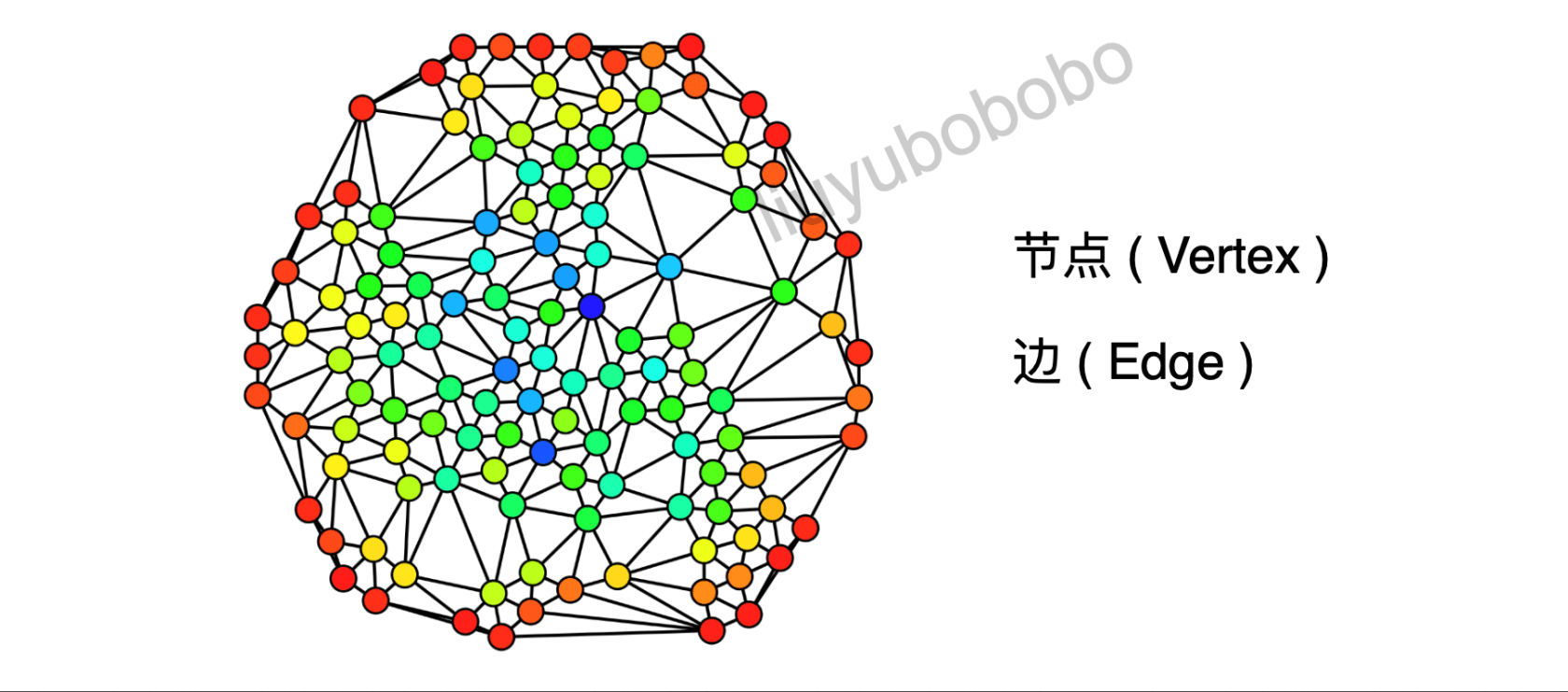
值得注意的是,图的顶点集合不能为空,但边的集合可以为空。图可能是无向的,这意味着图中的边在连接顶点时无需区分方向。否则,称图是有向的。
二、图的分类
- 图分为:无向图和有向图(无向图是有向图的特殊形式)
无向图:
有向图:
- 按权分为:无权图和有权图
无权图:
有权图:
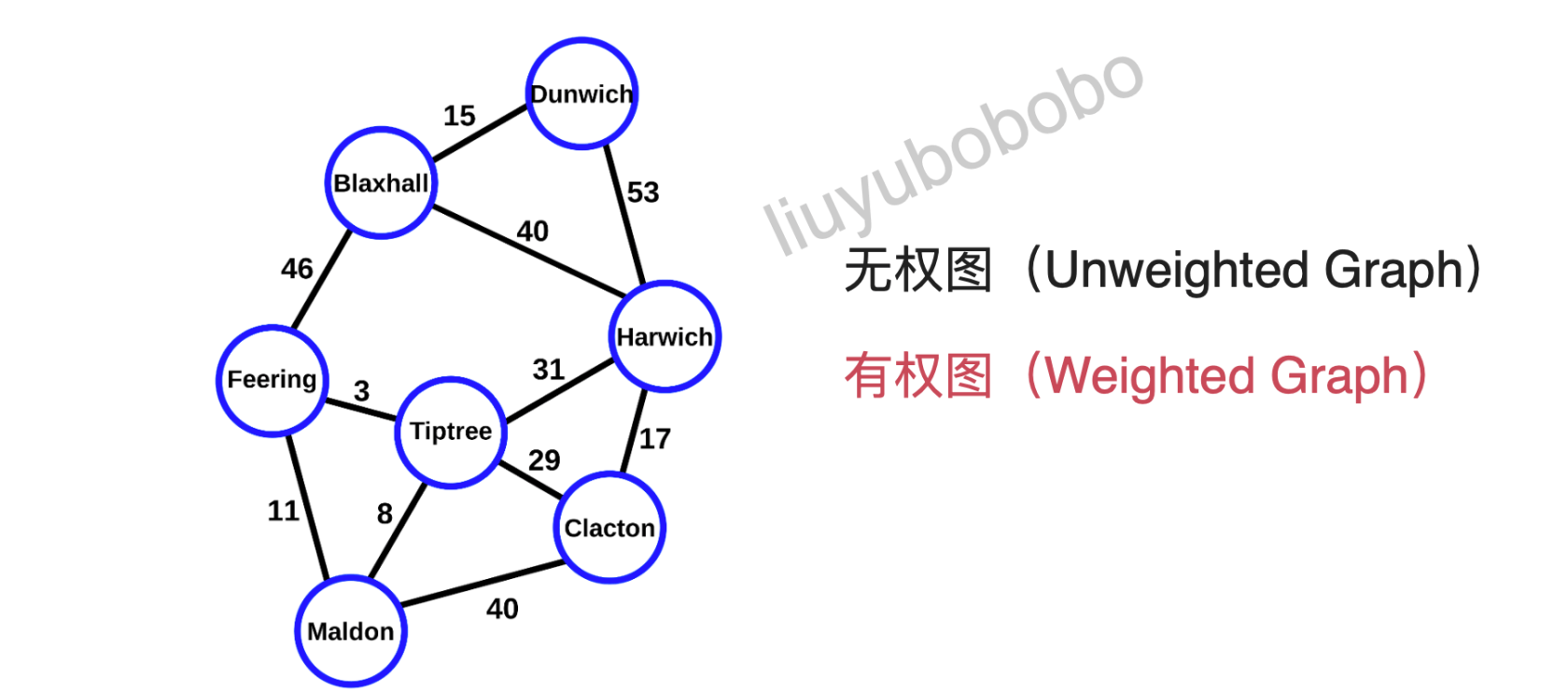
- 图有平行边,自环边:
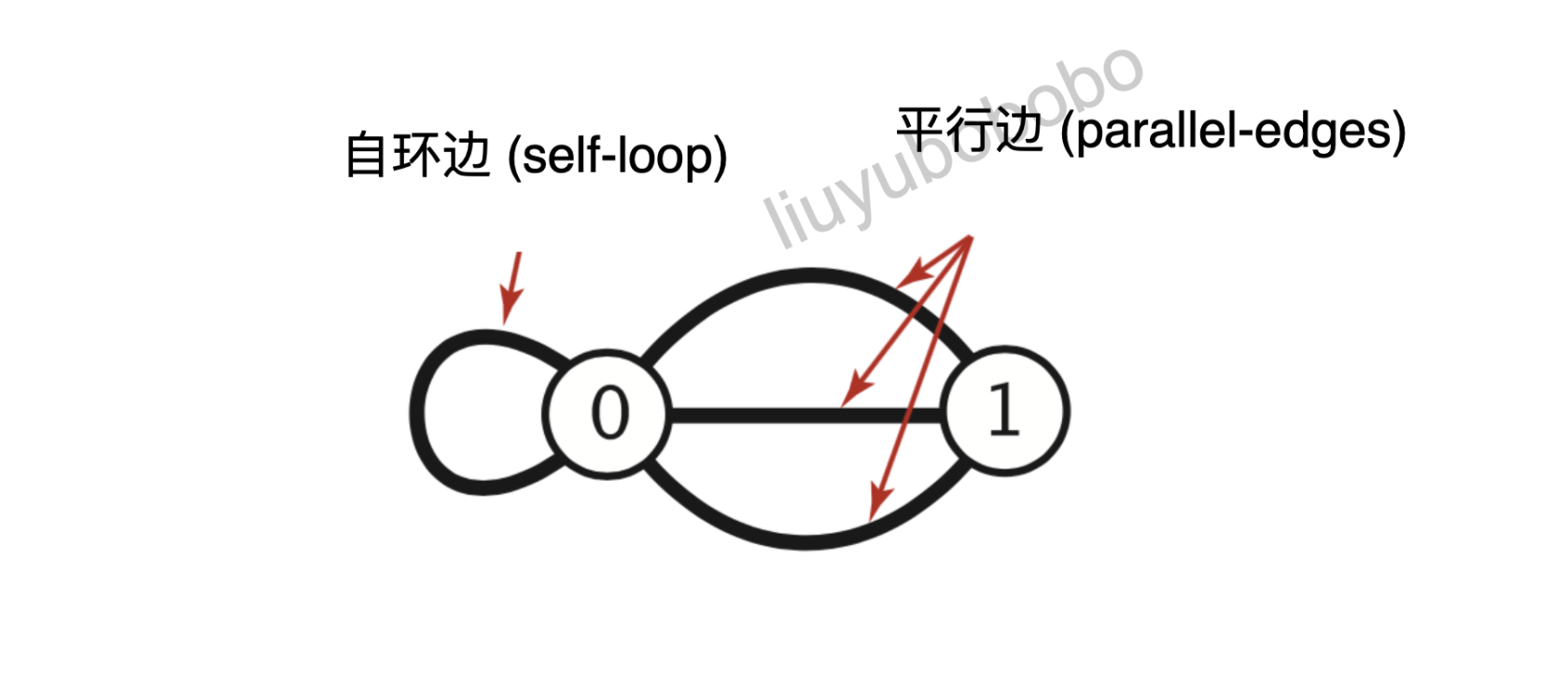
三、图的表示
- 邻接矩阵:
0——表示未连接 1——表示连接
- 无向图的邻接矩阵:

- 有向图的邻接矩阵:

适用说明:邻接矩阵适合表示稠密图
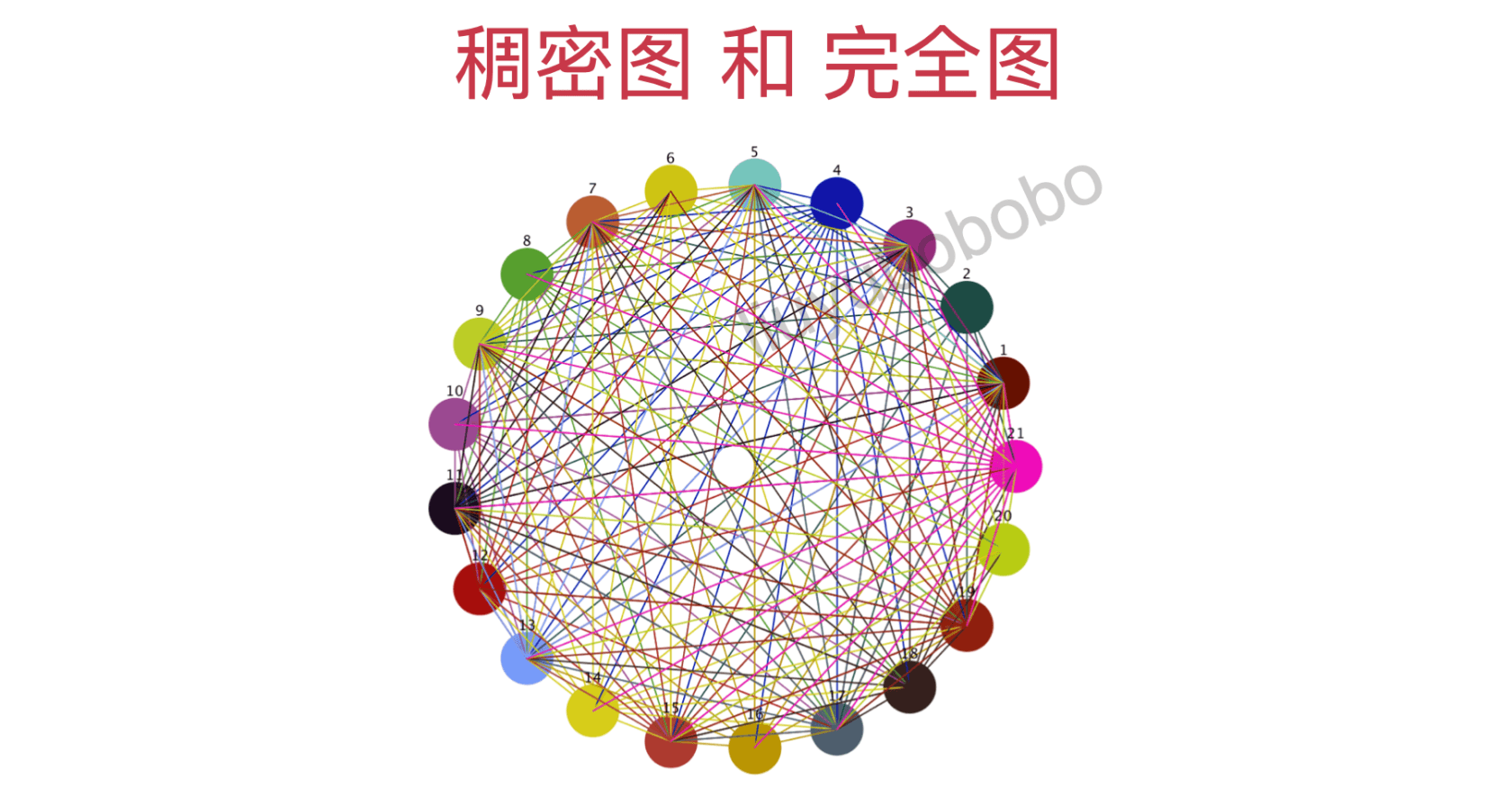
- 邻接表:
- 无向图的邻接表
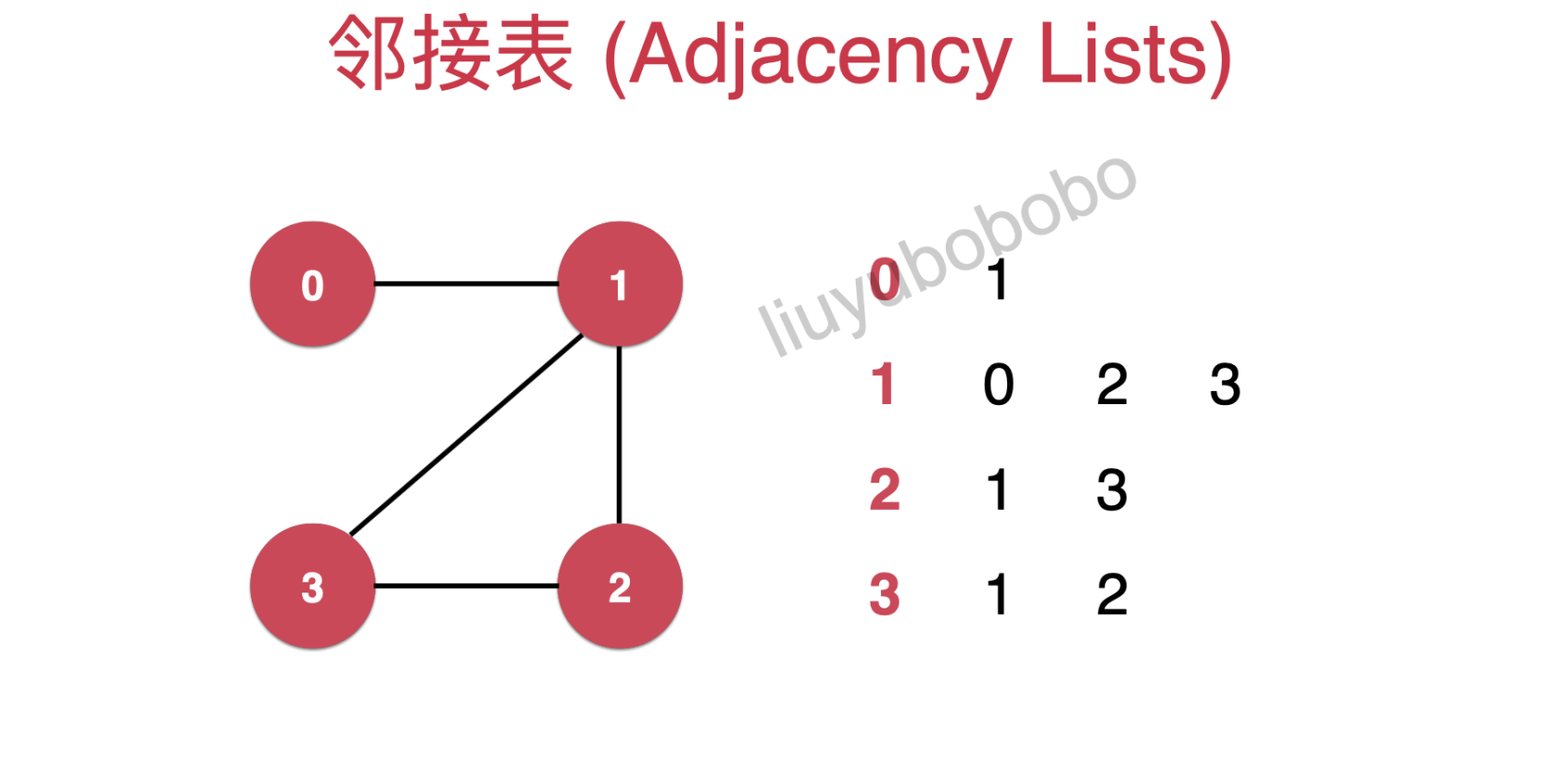
- 有向图的邻接表
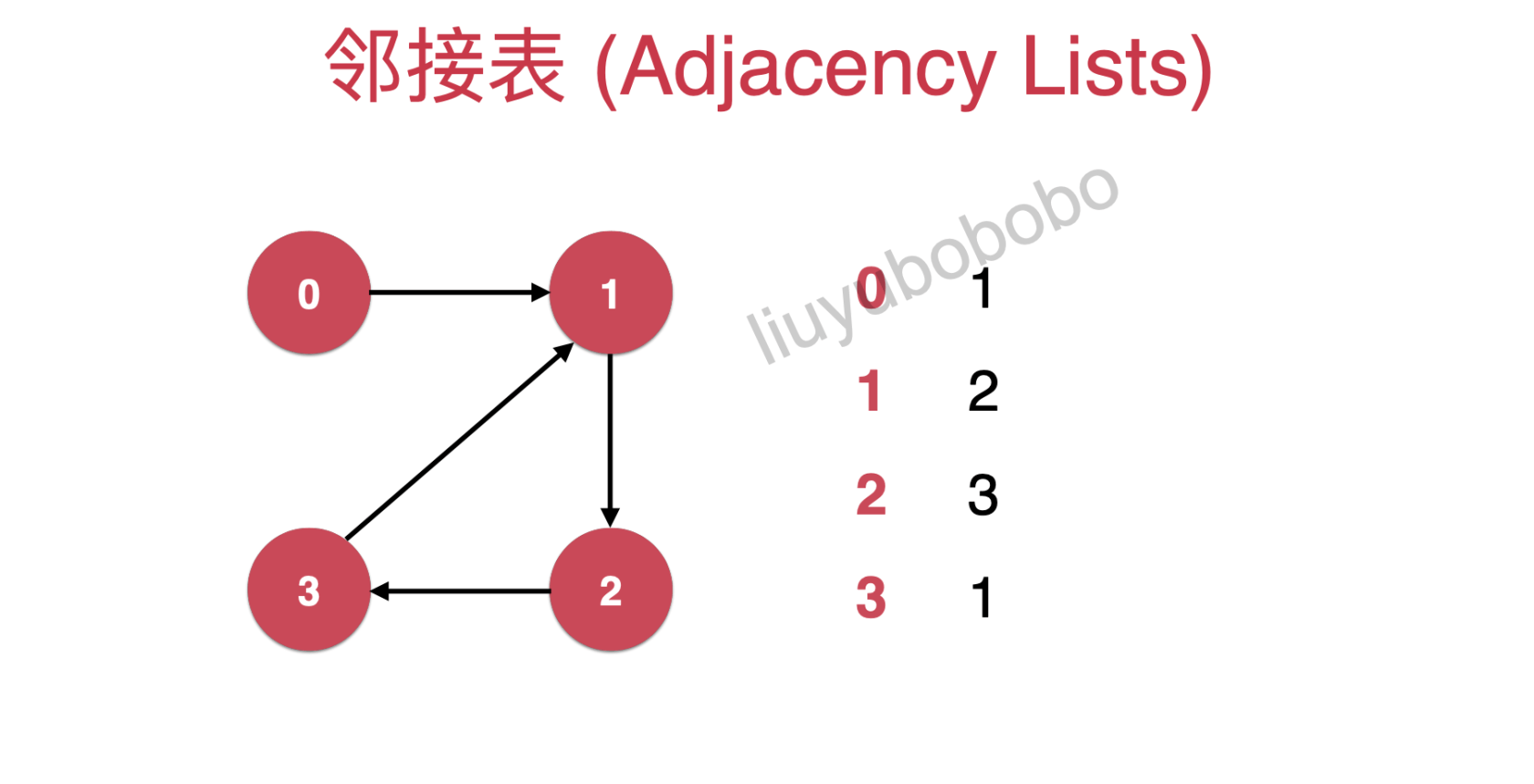
适用说明:邻接表适合表示稀疏图

四、稠密图、稀疏图的实现(无权图)
- 稠密图的实现
支持的操作有:
返回节点数
返回边数
向图中添加边
验证两节点间是否有边
显示图的信息
#include <iostream> #include <vector> #include <cassert> using namespace std; //稠密图 class DenseGraph{ private: int n, m; //节点数和边数 bool directed; //是否为有向图 vector<vector<bool>> g; //图的具体数据,0 1 用bool值false和true表示 public: DenseGraph(int n, bool directed){ assert(n >= 0); this->n = n; this->m = 0; this->directed = directed; // g初始化为n*n的布尔矩阵, 每一个g[i][j]均为false, 表示没有任和边 g = vector<vector<bool>>(n, vector<bool>(n, false)); } //析构函数 ~DenseGraph(){} //返回图中节点的个数 int getV(){ return n; } //返回图中边的条数 int getE(){ return m; } //向图中添加一条边 void addEdga(int v, int w){ assert(v >= 0 && v < n); assert(w >= 0 && w < n); if(hasEdga(v, w)){ return; } g[v][w] = true; //无向图是双向的 if(!directed){ g[w][v] = true; } m++; } //验证图中是否有v到w的边 bool hasEdga(int v, int w){ assert(v >= 0 && v < n); assert(w >= 0 && w < n); return g[v][w]; } //显示图中信息 void show(){ for(int i = 0; i < n; i++){ for(int j = 0; j < n; j++){ cout<<g[i][j]<<"\t"; cout<<endl; } } } };
- 稀疏图的实现
支持的操作有:
返回节点数
返回边数
向图中添加边
验证两节点间是否有边
显示图的信息
#include <iostream> #include <vector> #include <cassert> using namespace std; //稀疏图—邻接表 class SparseGraph{ private: int n, m; //节点数和边数 bool directed; //是否为无向图 vector<vector<int>> g; //图的具体数据 public: SparseGraph(int n,bool directed){ assert(n >= 0); this->n = n; this->directed = directed; // g初始化为n个空的vector, 表示每一个g[i]都为空, 即没有任和边 g = vector<vector<int>>(n, vector<int>()); } //析构函数 ~SparseGraph(){} int getV(){ return n; } int getE(){ return m; } // 向图中添加一个边 void addEdga(int v, int w){ assert( v >= 0 && v < n ); assert( w >= 0 && w < n ); //将w放入g[v][i]中,将w与v相连 g[v].push_back(w); if(v != w && !directed){ g[w].push_back(v); } m ++; } // 验证图中是否有从v到w的边 bool hasEdga(int v, int w){ assert( v >= 0 && v < n ); assert( w >= 0 && w < n ); for(int i = 0; i <= g[v].size(); i++){ if(g[v][i] == w) return true; return false; } } //显示图中信息 void show(){ for(int i = 0; i < n; i++){ cout<<"vector"<<":\t"; for(int j = 0; j < g[i].size(); j++){ cout<<g[i][j]<<":\t"; } cout<<endl; } } };
本作品采用《CC 协议》,转载必须注明作者和本文链接




 关于 LearnKu
关于 LearnKu



